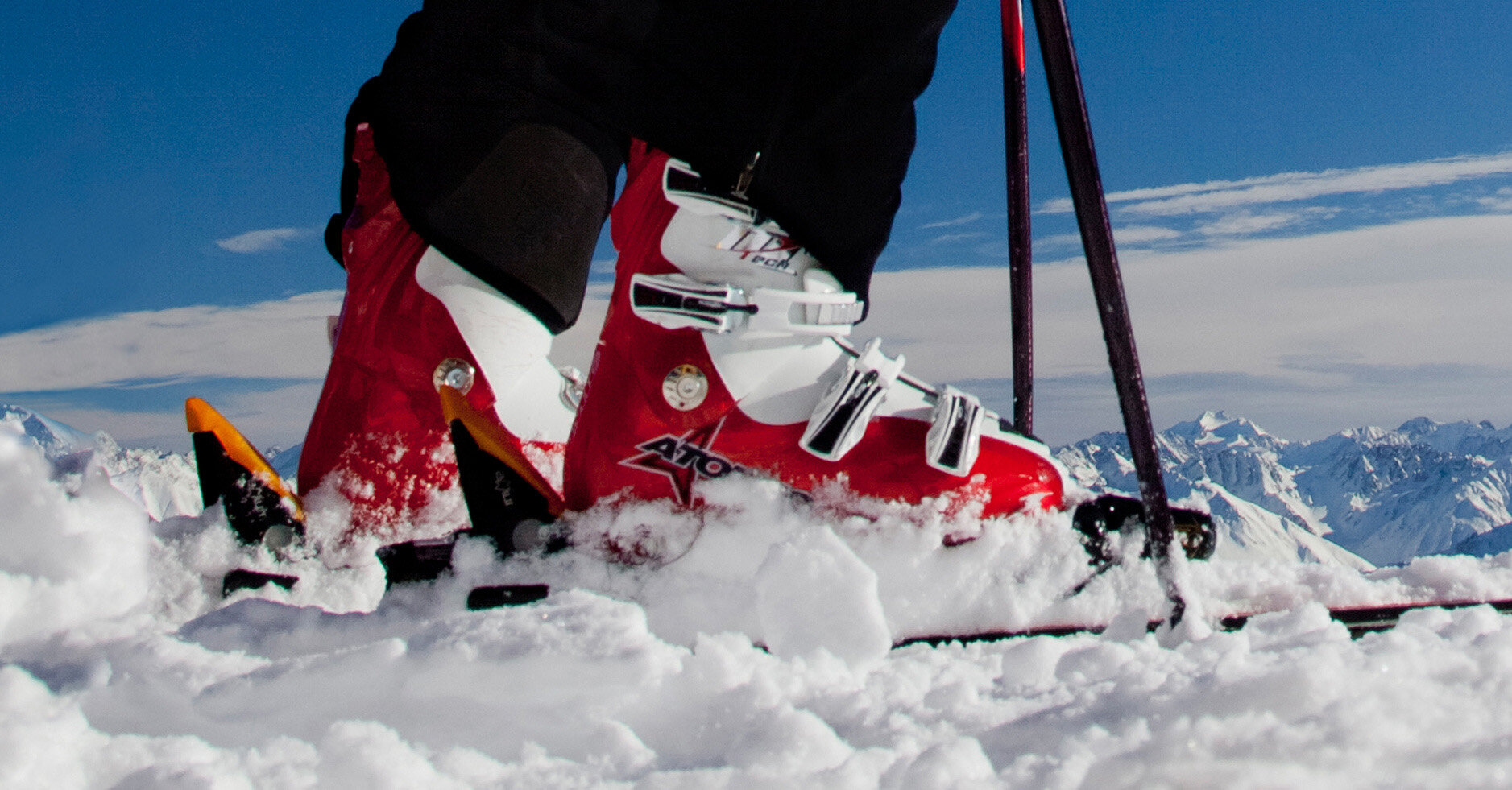Warm, Lightweight, and Comfortable Ski Boots
Are your ski boots too big? They say you shouldn't try too hard to fit in, but with ski boots, it can be worth the effort to get them to fit right. It sounds like a ruse, but boots that are too big can lead to more pain in the foot muscles and toes than ones that are too tight.
Too big means a size or more too big. This difference may only be 10 mm, but it can have a huge impact, given that ski boots are fitted by the millimetre.
People mostly end up in snow ski boots that are too large because they have one issue that is difficult to accommodate in the right size, so they're shoved into a bucket – it's the easy way out. Their issue might be a high and bony instep, big calves, or bunions.
One sign that a boot is too big is when the skier can stand straight up in their boot. Rolling the whole foot inside the boot is another obvious sign, as is sliding around and excessive movement at the top of the boot.
A sneakier sign that snow ski boots are too big is when the ankles hurt. This discomfort isn't necessarily from constant pressure on the ankles; it's often from the ankle moving around too much in the heel pockets and banging the bones on the side of the boot.
It can feel like someone's taken a hammer to your ankle after a day of sliding. The same can happen with sore toes – the foot sliding back and forth can cause bruised toes and lost nails because the foot is hitting the end of the boot.
But one of the most painful signs of a boot that's too big is pain at the top of the shins from banging back and forth every time you lean forward to start a turn. Shin bang - it will stop you in your carving tracks.
Technique issues that arise from a boot that's too big can be seen in A-framing (where the knees almost touch when turning), leaning back and difficulty getting clean edges.
Going up a size can be seen as an easy fix to accommodate a complex or problematic foot and take the "fit it in" approach rather than fitting the boot correctly. Unfortunately, this leaves the rest of the boot too big, and the above issues ensue. Often, these big boots are difficult, if not impossible, to modify enough to make the skier comfortable.
Avoiding ending up in the wrong size is as easy as having a full biomechanical assessment before buying a new boot. This check captures any issues and allows for a plan to accommodate concerns and the right boot chosen from the beginning. In addition, the right boot will allow the proper modifications.
So next time you're going skiing, if you're swimming in your ski boots, remember that a bucket won't bail you out.

